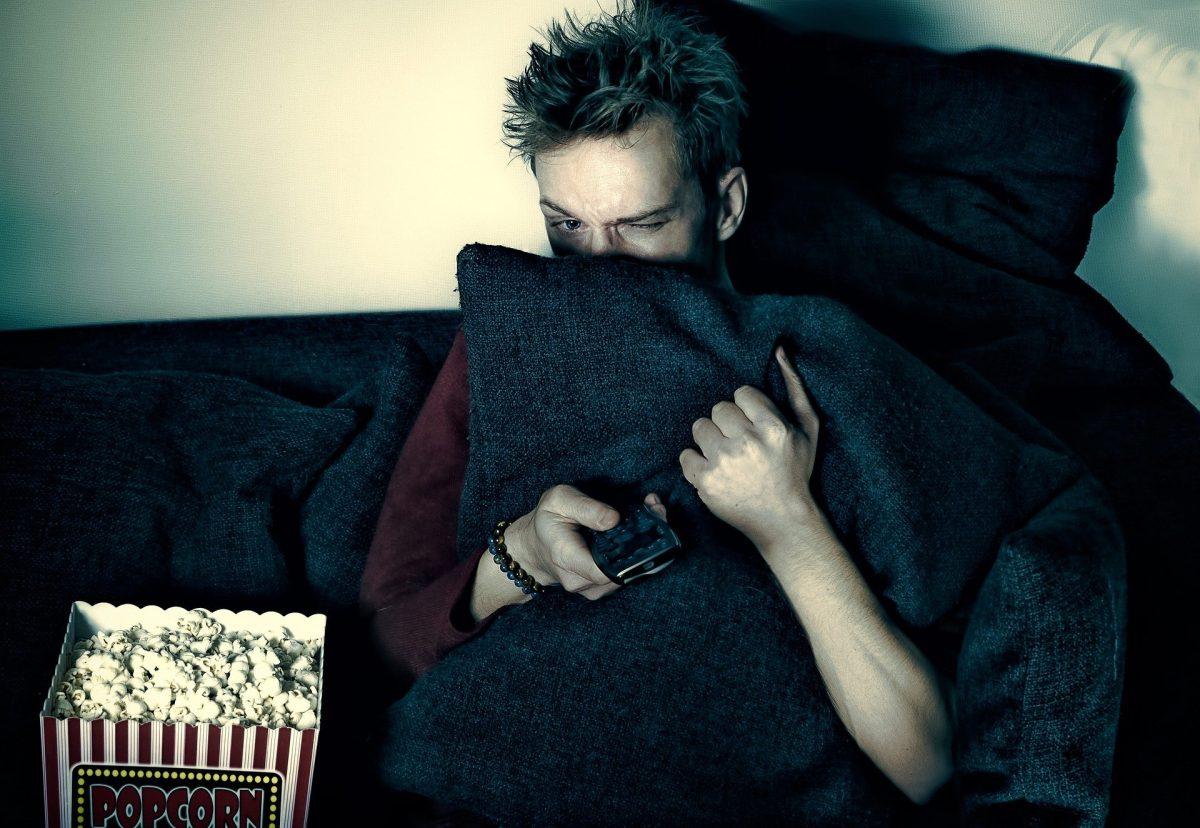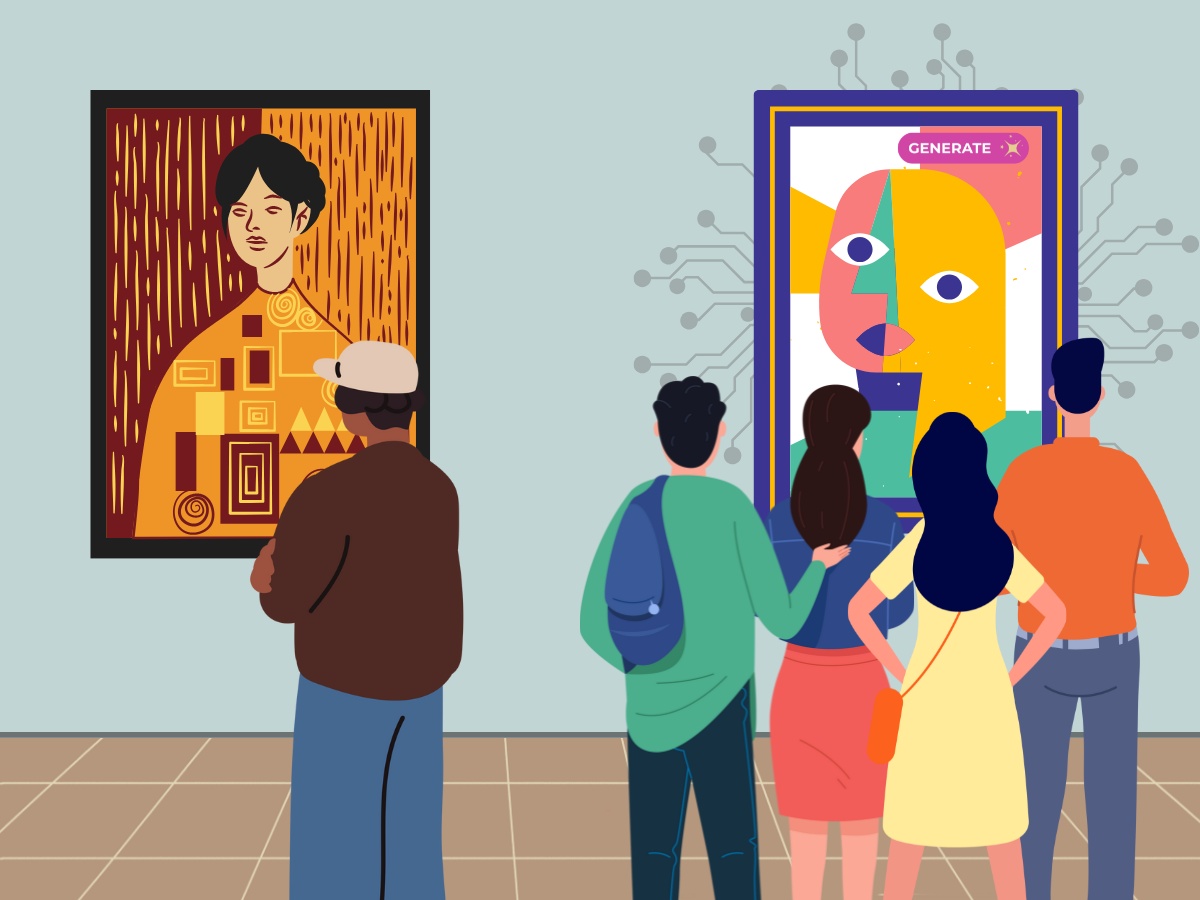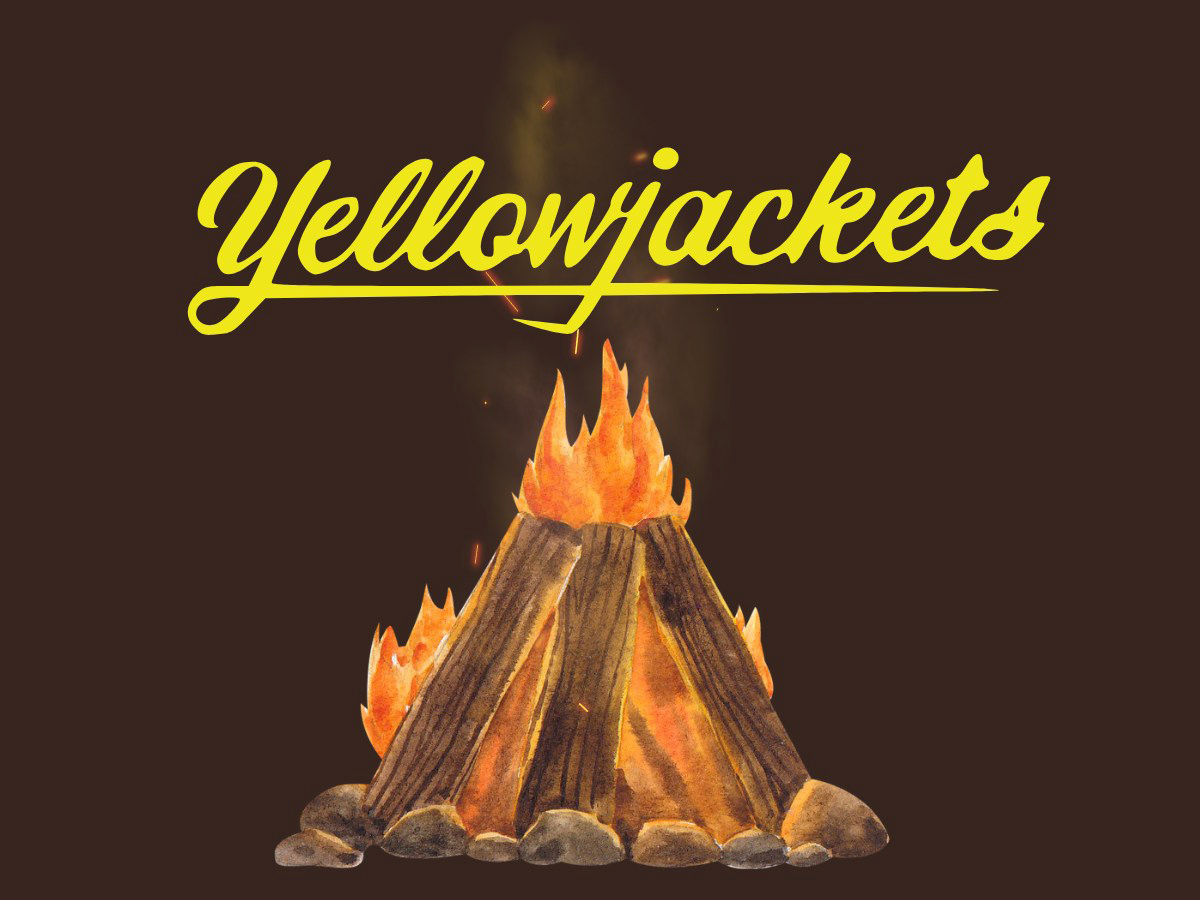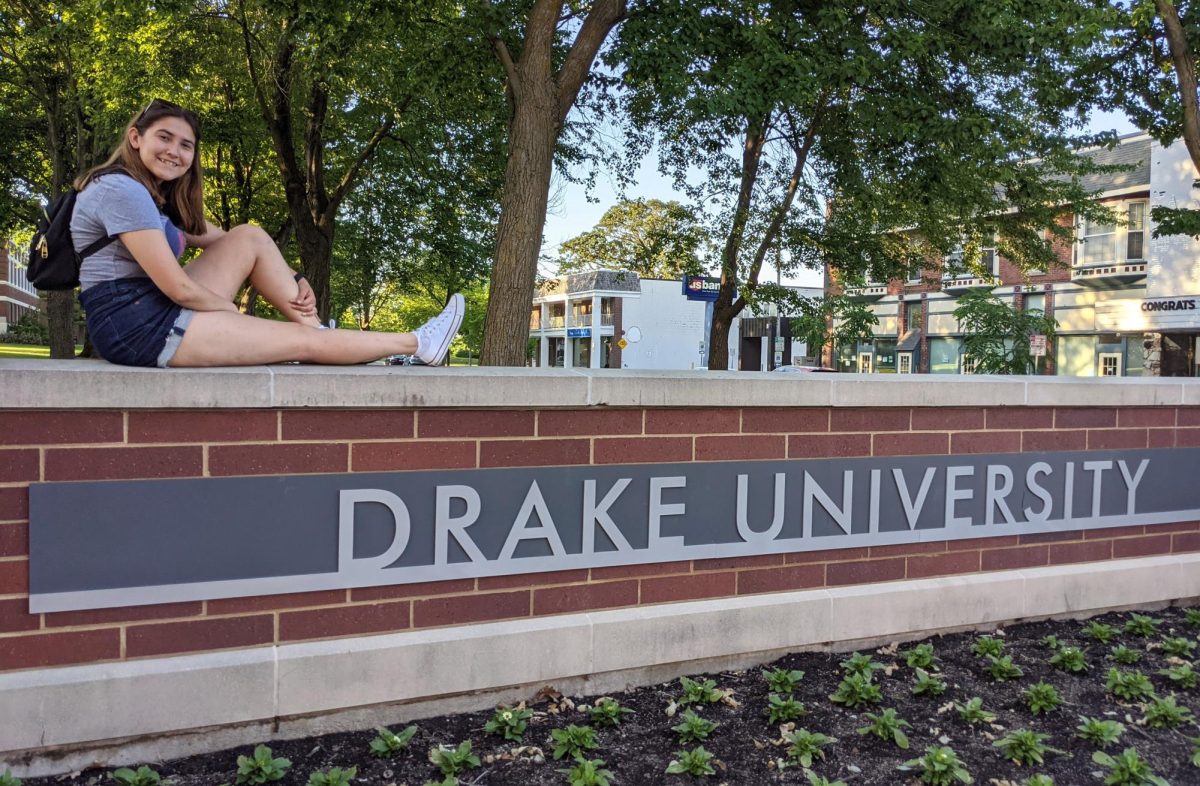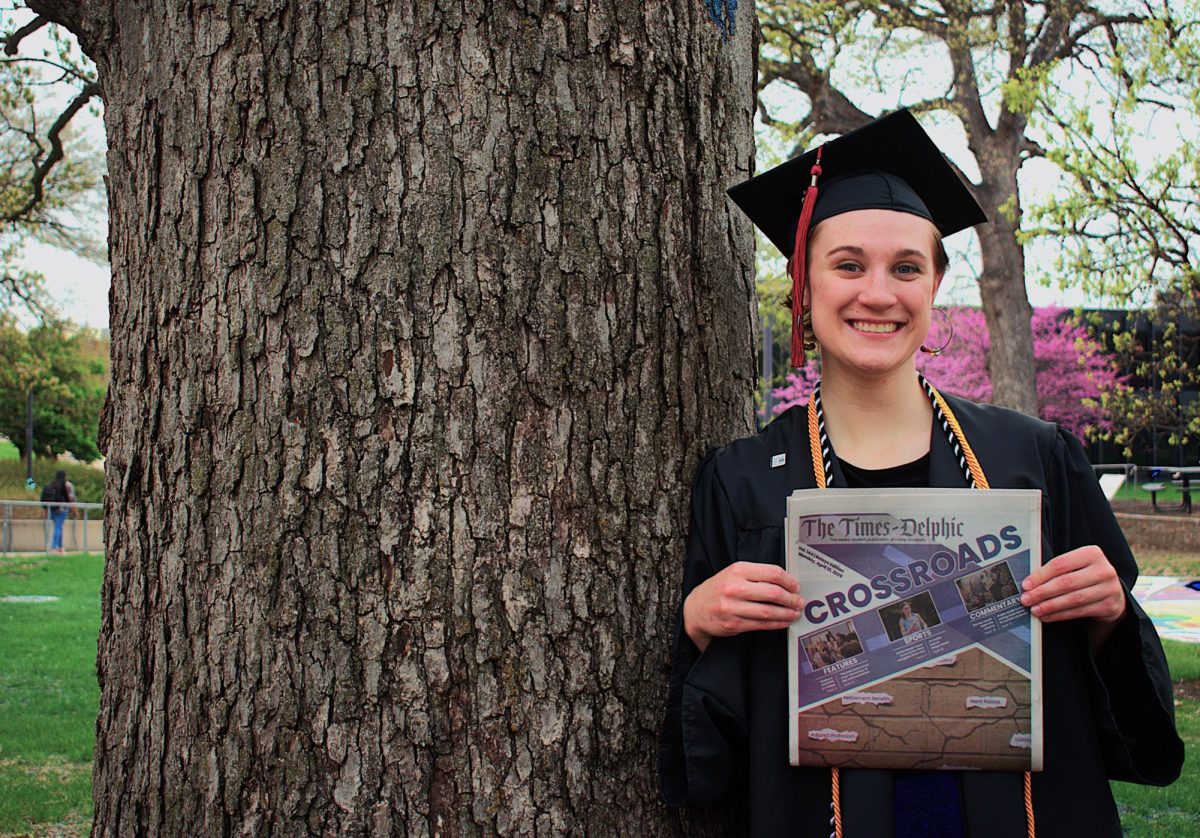“Horror is no longer the monsters under your bed, it’s the monsters in your head,” Ryan Hook once said.
This quote is one of the best ways to describe how the horror genre has changed over the last few decades. Though there are still some fun slasher “guts ‘n gore” movies released, psychological horror has taken the mainstage as what audiences want to see.
In the late 20th century, horror developed some of its greatest icons due to the slasher film genre. These characters absolutely terrified the audiences of the 1970’s-1990’s, but they also brought both real and fictional killers into the mainstream that hadn’t quite been seen before. Freddy Krueger made audiences terrified to go to sleep, Jason Voorhees likely brought fear to camps everywhere and Chucky made everybody (even more) deeply afraid and distrustful of dolls.
Additionally, monster films took the mainstage in the 20th century. Nobody really knew what sharks were until “Jaws” came out. “Jaws” created an entire subgenre of horror movies dedicated to using sharks as the villain in their movies, depicting them as underwater killing machines that will make you their next meal when you go swimming in the ocean (something that, by the way, is completely unjustified). To this day, some people are terrified of getting into the water because of movies like “Jaws.” Or, who could forget the iconic “Alien” franchise’s Xenomorph? Or the “Thing?” They have become staples, if not mascots, to exemplify the success and power of late 20th century horror. To this day, spinoffs, reboots and tributes to these movies are still being created to tap into the nostalgia they brought to audiences everywhere. Nearly 35 years later, “Halloween” films with the infamous Michael Myers are still being made.
However, the tide has quietly shifted away from the monsters and slashers audiences used to know and love. Though there certainly is a market for these types of movies, psychological horror is what audiences clamor for.
Though it’s hard to pinpoint exactly why this is the case, I would agree completely with the quote at the beginning of this article. Monsters and killers that we fear(ed) were created from a deep psychological fear we all have: the fear of not being safe. Now, producers everywhere are trying to tackle that from a different perspective; what if you’re not safe from your own head?
Yes, horror movies still do use scary situations and monsters to convey this message. Ari Aster’s “Hereditary” and “Midsommar” both put cults as the perceived main antagonist in his films. Originally, Aster wrote “Hereditary” as an intense family drama and “Midsommar” as a breakup movie, and as he was writing the scripts they evolved into horror movies. These films take psychologically traumatic events such as a broken family and a very difficult relationship and put them into a supernatural and terrifying situation. Combining psychological factors and the supernatural creates a movie that hits the audience with a deep dread and fear not entirely present until the last 20 years or so. This is different from movies like “Friday the 13th” of years past, where it’s just like, “Ahh! A scary killer! Whatever shall we do?”
Or take a movie like Robert Eggers’ “The Lighthouse,” which has no monsters or demons at all and yet still conveys a terrifying and uncomfortable feeling throughout the entire movie. It’s a movie about intense isolation with two already somewhat broken men, and the two slowly descend into madness. My friends and I agree that this isn’t an enjoyable movie at all because it’s so dang uncomfortable, but we would still recommend it because it’s a phenomenal work of storytelling and filmmaking.
In case you haven’t noticed, all three of these movies are from the studio A24. In my opinion, A24 is the absolute best at making these psychological horror movies and the studio has played a key role in making them mainstream. They are not the only ones doing it, however. Non-A24 movies such as “Enemy,” “Black Swan” and “Shutter Island” have brought psychological thrillers and horror into movie theaters everywhere. Monster and paranormal movies such as “Antlers,” “The Conjuring” franchise and “Insidious” still are liked and praised, and they definitely have a market. Plus, slasher films still are getting made and making money at the box office. However, I think that the future of horror movies lies in psychology, relationships and mental health. Because often, the things we’re scared of most won’t possess us or come at us with a chainsaw; they are the thoughts and people we live with every single day.

